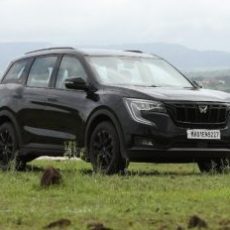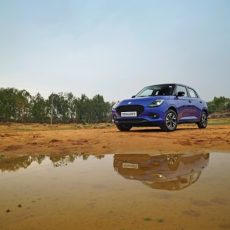Following our previous features on JDM Car Culture and Street Racing scene in Japan, we now bring you the last instalment of our Japanese Domestic Market (JDM) series, and what better way to bring things to a close than diving into the evolution of some of the most iconic JDM names.
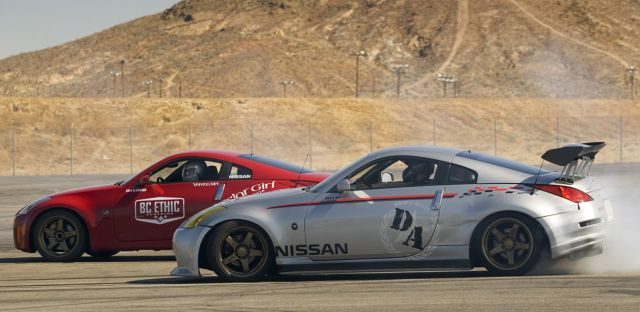
There have been numerous JDM cars over the years that represent a wide range of automotive manufacturers; Subaru, Mazda, Toyota, Suzuki, Mitsubishi, Nissan, and Honda have produced some iconic cars for the JDM over the years. Here are a few iconic models from that world.
Toyota Supra
(1978-present)
The first generation of the Toyota Supra, also known as the A40/A50 series was introduced in 1978 and was produced until 1981.
The first generation of the Toyota Supra was inspired by the Toyota Celica but featured distinct styling cues to complement its longer aerodynamic body. The design of the Supra made it look sporty and sleek, but it was immortalized by its pop-up headlights, hood, and smooth lines.
The first-generation offered a range of engines including an in-line four and an in-line six. The 2.6-litre in-line-six engine produced around 110 to 130 hp and came with a four-speed manual or a three-speed automatic transmission.
That Supra offered air-conditioning, power windows, and power mirrors along with alloy wheels, cruise control, and a limited-slip differential. The front suspension was managed by a MacPherson strut front while a live axle at the rear provided a balance between comfort and sporty handling.
The Supra was well-received by the market for its features and affordability and it is worth noting that this Supra laid the foundation for the legendary status it would enjoy even in its subsequent iterations.
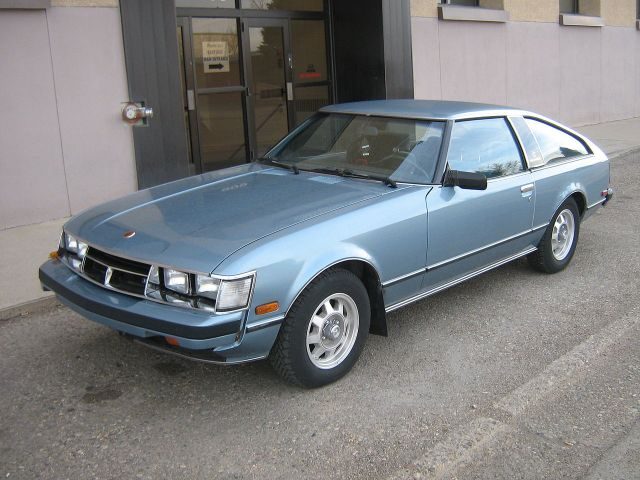
Second generation:
The second generation of the Supra, the A60, was introduced in 1981 and remained in production till 1986. It flaunted a more angular and aggressive design than before. It had a longer wheelbase with a wider track and a more aerodynamic body.
This second-gen model offered a range of engines that included in-line-six mills. The 2.8-litre, in-line-six engine could produce around 145-160 hp and came mated to either a five-speed manual or a four-speed automatic transmission. It came with digital dashboard displays, power seats, and a sound system carrying optional features such as a limited-slip differential, sport suspension, and upgraded audio systems.
With similiar handling as compared to the first-generation, the second-gen was also well-received by the market, and even though it is not as well-known as the other generations of the Supra, the A60 offered a blend of performance and style that appealed to the enthusiasts of the time.
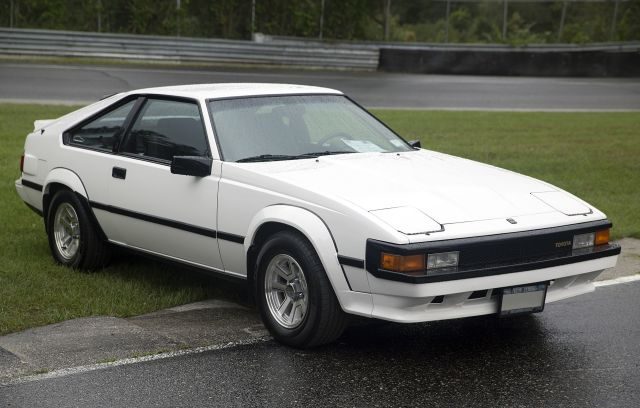
Third generation:
The third-gen Supra, also known as the A70, was introduced in 1986 and remained in production till 1992.
This Supra came with a more rounded and aerodynamic design as compared to its predecessors. The longer, wider body gave it a fierce, muscular look. The retractable headlights, integrated rear spoiler, and sleek lines played a major role in achieving this look.
There were a few engine options to choose from but the turbocharged, in-line, six-cylinder unit was the most popular. It developed around 200-235 hp and came equipped with either a five-speed manual or a four-speed automatic transmission. It boasted of features that were ahead of its time, including electronically-controlled suspension, traction control, and anti-lock brakes. It offered a digital instrument cluster, power seats, and other convenience features. It utilized a double wishbone at the front and an independent rear suspension that provided stability.
The third generation of the Supra made the mark as a sports car that offered a heady blend of power, handling, and style.

Fourth generation:
The fourth generation of the Supra, also known as the A80 series, was introduced in 1993 and remained in production till 2002.
This generation also offered two types of engines equipped with a 3.0-litre in-line six (2JZ-GE) that produced 220 hp and a 3.0-litre twin-turbocharged inline-six (2JZ-GTE) that produced 280 hp, both engines came with a five-speed manual and four-speed automatic. The manual system was extremely precise and engaging.
This was the Supra that featured in the very first film from the Fast and Furious franchise, The Fast and the Furious, which furthered its popularity among car enthusiasts across the world.
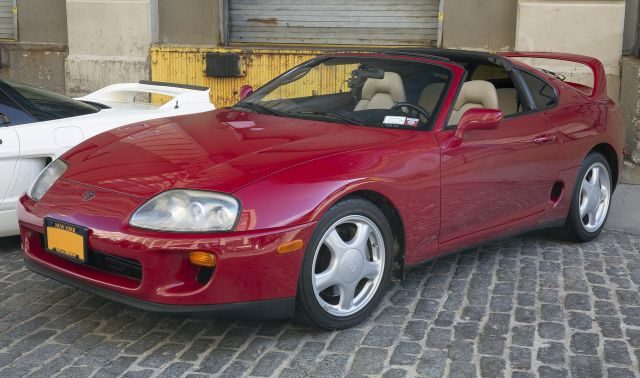
Fifth generation:
The fifth-gen Supra, also known as the A90, was reintroduced in 2019 after a long hiatus. It was co-developed with BMW and modeled on the enticing FT-1 concept. Power came from the BMW B58 straight-six, a 3.0-litre, turbo-petrol making 340 hp and 500 Nm, paired with an eight-speed automatic transmission driving the rear wheels. The Premium model that followed, packed a higher 387 hp. It boasts a variety of features including an adaptive suspension, active rear differential, and Brembo brakes.
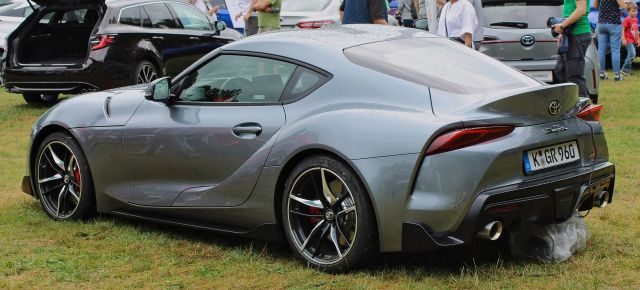
Mazda RX-7:
The RX-7 established a reputation for itself as a sports car and was in production for almost three decades. A distinctive feature of the RX-7 is the rotary or “Wankel” engine which uses a rotating triangular rotor to generate power which results in high-revving performance and a unique sound. The RX-7 has been known for its sleek and aerodynamic exterior that makes its appearance compact yet muscular. Its lightweight chassis allows balanced weight distribution and the power delivery of the rotary engine makes for enjoyable, spirited driving.
In all its variants, the RX-7 offers turbocharging that increases power and torque helping it gain its reputation on the streets and racetracks. The RX-7 had a popular presence in the world of motorsport. The lightweight chassis, rear-wheel-drive layout, and responsive handling made it a popular choice among enthusiasts. The RX-7 has continued to be popular even after its discontinuation due to the combination of performance, unique rotary engine, and striking design. The RX-7 packed a 13B-REW, 1.3-litre, twin-rotor engine with sequential turbochargers. It is said to have a power output of around 255-280 hp with a 0-100 km/h time of around five seconds.
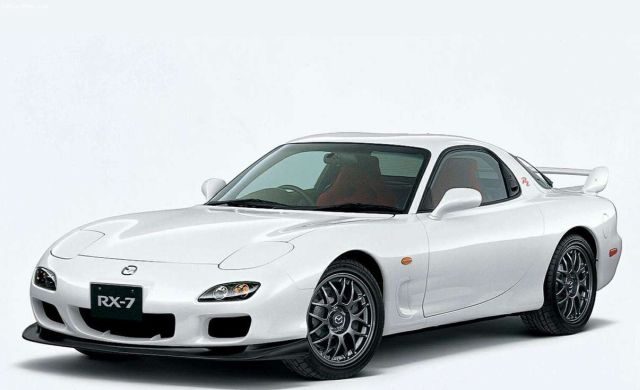
Nissan R34 Skyline GT-R:
The Nissan R34 Skyline GT-R was introduced in 1999 as a successor to the R33 Skyline GT-R. The Skyline features an aggressive design that blends aerodynamic elements with a muscular stance. The R34 is powered by a twin-turbocharged, 2.6-litre, in-line, six-cylinder engine; the RB26DETT. This engine provides the rider with excellent accelaration and produces impressive amounts of power making it a favourite. The Skyline comes with Nissan’s ATTESA E-TS (AWD) or the all-wheel-drive system that intelligently distributes power to each wheel based on driving conditions, providing enhanced traction and stability.
The R34 Skyline has gained a reputation due to its performance both on the road and on the racetracks. It has achieved good amounts of success in motorsports and also gained fame through its appearance in films like “Fast & Furious”. The R34 Skyline introduced the HICAS – high capacity active steering which improved cornering stability and responsiveness. The car was produced in limited numbers and never sold in certain markets such as the United States. This exclusivity combined with performance has given the R34 the fame it has today.
The RB26DETT is a 2.6-litre, twin-turbocharged, in-line-six engine that officially had an output of 280 hp but it is widely known to have produced far more; estimated at around 330 hp, before serious modding was performed. It has a 0-100 km/h time of around 4.5 seconds and the speed was limited to 180 km/h while the delimited variants could go way beyond that.
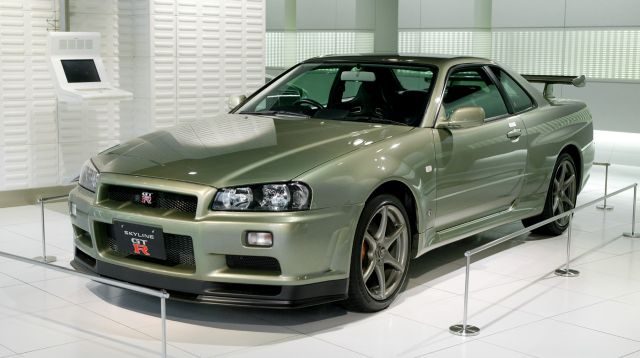
Honda Civic:
The JDM Honda Civic features unique design elements compared to its international counterparts. With aggressive and sporty exteriors that boast aerodynamic body kits, spoilers, and grilles. The JDM variant offers both naturally-aspirated and turbo-charged engines made to deliver high performance.
The Honda Civic JDM also comes packed with tech-savvy features to cater to the Japanese market such as advanced infotainment and driver assistance systems that offer convenience and safety. It also offers variants especially for the Japanese market. It has also had a strong connection with motorsport in Japan and has played a significant role in various racing events. The Honda Civic has a thriving aftermarket scene with a wide range of parts and accessories available for customization and performance enhancements.
The first civic came with a 1.6-litre, in-line, four-cylinder engine (B16B) with an output of 185 hp while the second (type R-EP 3) came with a 2.0-litre, in-line-four (K20A) with an output of 197 hp. The third (FD2) came with a 2.0-litre, in-line-four (K20A) engine that developed 222 hp, and the fourth (FK8) 2.0-litre, came with an in-line-four (K20C1) that provides a power output of 306 hp.

These were a few examples of performance icons from the diverse range of JDM cars available. These models have special editions, limited production runs, and features that are not found in their international counterparts. They have garnered a passionate following worldwide for their performance, engineering, and distinctive Japanese automotive culture, and for good reason.
We hope you have enjoyed this journey we have taken you through as much as we’ve had to put it together.
Story: Kanishk Mehta


